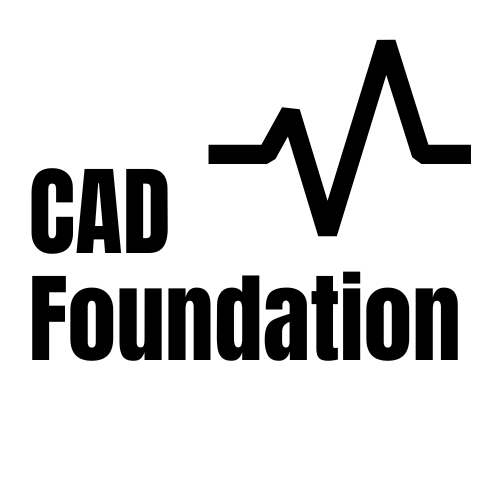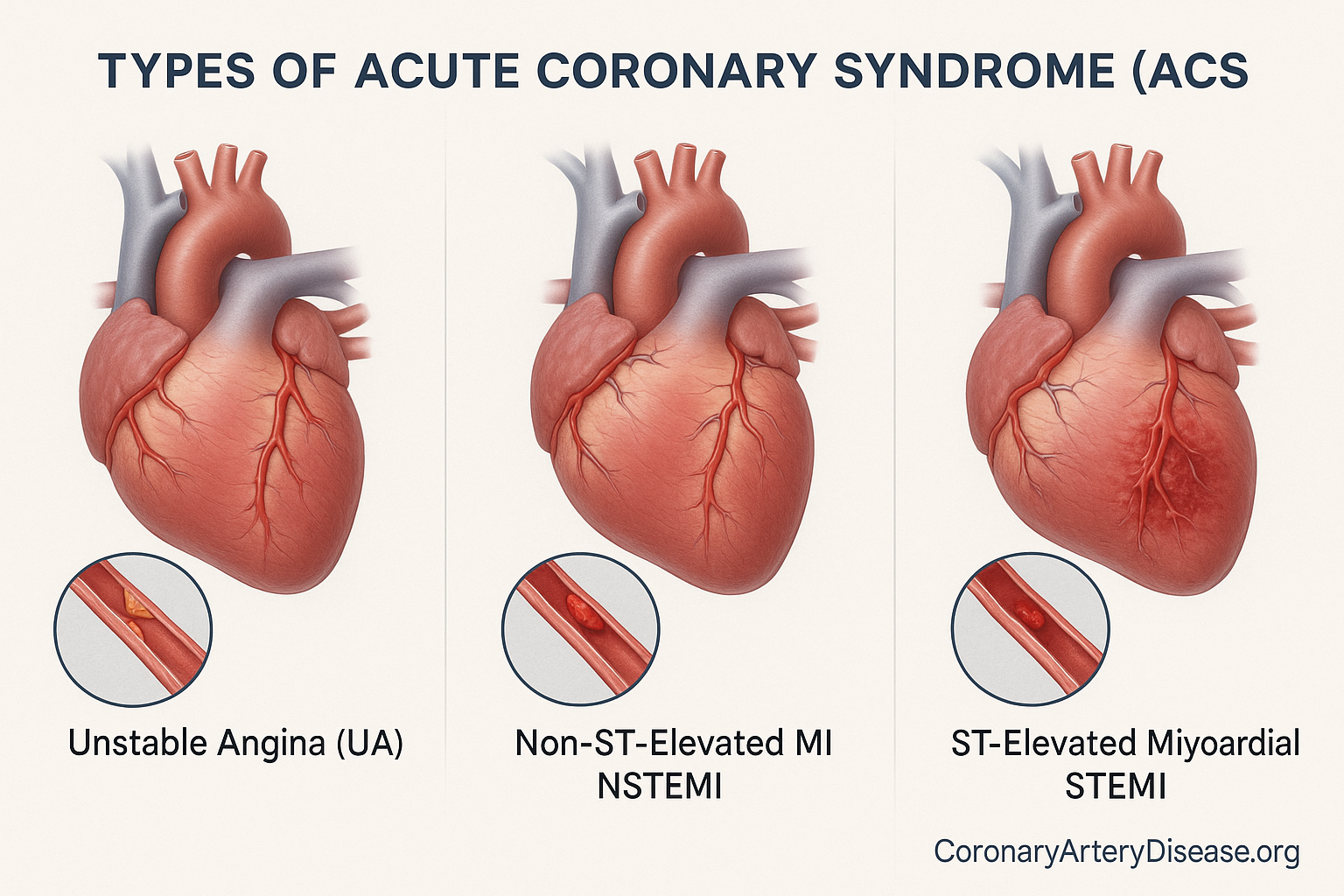Overview
For patients, and those who care for them, it’s vital to understand Acute Coronary Syndrome (ACS). This term acts as an umbrella for a group of serious heart conditions where there is a sudden and significant reduction in blood flow to your heart muscle. Think of it like a plumbing problem in your heart’s blood supply. When the heart doesn’t get enough oxygen-rich blood, it can become damaged, leading to symptoms like chest pain.
The importance of understanding ACS lies in its potential severity: it’s associated with substantial illness, disability, and can even be life-threatening. Recognizing the signs and seeking immediate medical attention is crucial, as prompt diagnosis and treatment can significantly improve outcomes and reduce the burden on both patients and the healthcare system.
In Details
First, Acute Coronary Syndrome includes three main types:
- Unstable Angina (UA)
- Non-ST Elevated Myocardial Infarction (NSTEMI)
- ST-Elevated Myocardial Infarction (STEMI)
Second, let’s break down these conditions. At its core, Acute Coronary Syndrome involves myocardial ischemia, which simply means that your heart muscle isn’t getting enough blood flow. This reduced blood flow can cause symptoms and, if severe enough, lead to myocardial necrosis, which is the death of heart muscle cells.
•Unstable Angina (UA) is considered the least severe form of ACS. If you experience Unstable Angina, you will have symptoms suggesting a heart problem, most commonly chest pain, but blood tests for heart damage, known as cardiac biomarkers (like troponin), will not be elevated. Also, any changes seen on your Electrocardiogram (ECG) – a test that records your heart’s electrical activity – will only be temporary. This means your heart muscle is “crying out” for blood, but it hasn’t yet suffered irreversible damage.
•Myocardial Infarction (MI), often called a heart attack, means that part of your heart muscle has actually died due to a lack of blood flow. This is confirmed by a rise and/or fall in cardiac troponin levels (or other biomarkers), which are specific proteins released into the bloodstream when heart muscle is damaged. Myocardial Infarctions are further categorized based on specific findings on the ECG:
◦ Non-ST Elevated Myocardial Infarction (NSTEMI): With NSTEMI, the blood tests show heart muscle damage, but your ECG does not show persistent ST segment elevation. ST segment elevation is a particular pattern on the ECG that indicates a complete blockage of a major heart artery.
◦ ST-Elevated Myocardial Infarction (STEMI): This is generally the most serious type of heart attack because it usually means a major coronary artery is completely blocked. The key distinguishing feature is a persistent ST segment elevation on the ECG, alongside evidence of heart muscle damage from blood tests. This type of heart attack often requires immediate emergency procedures to restore blood flow.
It’s also important to note that while the most common cause of MI (called Type 1 myocardial infarction) is a blockage from a ruptured or eroded plaque in the coronary arteries, heart muscle injury or infarction can also happen due to other reasons. For example, Type 2 myocardial infarction occurs from an imbalance between the heart’s oxygen supply and demand, not necessarily from a sudden blockage. There are also specific situations like Myocardial Infarction with No Obstructive Coronary Artery Disease, where a heart attack occurs without significant blockages in the main arteries, and Spontaneous Coronary Artery Dissection (SCAD), which is a rare condition where a tear forms in the wall of a heart artery.
Other similar questions
Is Acute Coronary Syndrome the same as a heart attack?
No, a heart attack (Myocardial Infarction) is a type of Acute Coronary Syndrome. Acute Coronary Syndrome is a broader term that encompasses unstable angina, Non-ST Elevated Myocardial Infarction (NSTEMI), and ST-Elevated Myocardial Infarction (STEMI).
What are the common symptoms of Acute Coronary Syndrome?
Typical symptoms include chest pain, discomfort in the upper limbs, jaw, or stomach, shortness of breath, sweating, or feeling sick. However, some people, like women, older individuals, or those with diabetes, might experience less typical symptoms
How do doctors diagnose Acute Coronary Syndrome?
Diagnosis involves evaluating your symptoms, checking your ECG, and performing blood tests to measure cardiac biomarkers like troponin
Resources
- Bergmark BA, Mathenge N, Merlini PA, Lawrence-Wright MB, Giugliano RP. Acute coronary syndromes. Lancet. 2022 Apr 2;399(10332):1347-1358. doi: 10.1016/S0140-6736(21)02391-6. PMID: 35367005; PMCID: PMC8970581.
- Smith JN, Negrelli JM, Manek MB, Hawes EM, Viera AJ. Diagnosis and management of acute coronary syndrome: an evidence-based update. J Am Board Fam Med. 2015 Mar-Apr;28(2):283-93. doi: 10.3122/jabfm.2015.02.140189. PMID: 25748771.



Leave a Reply